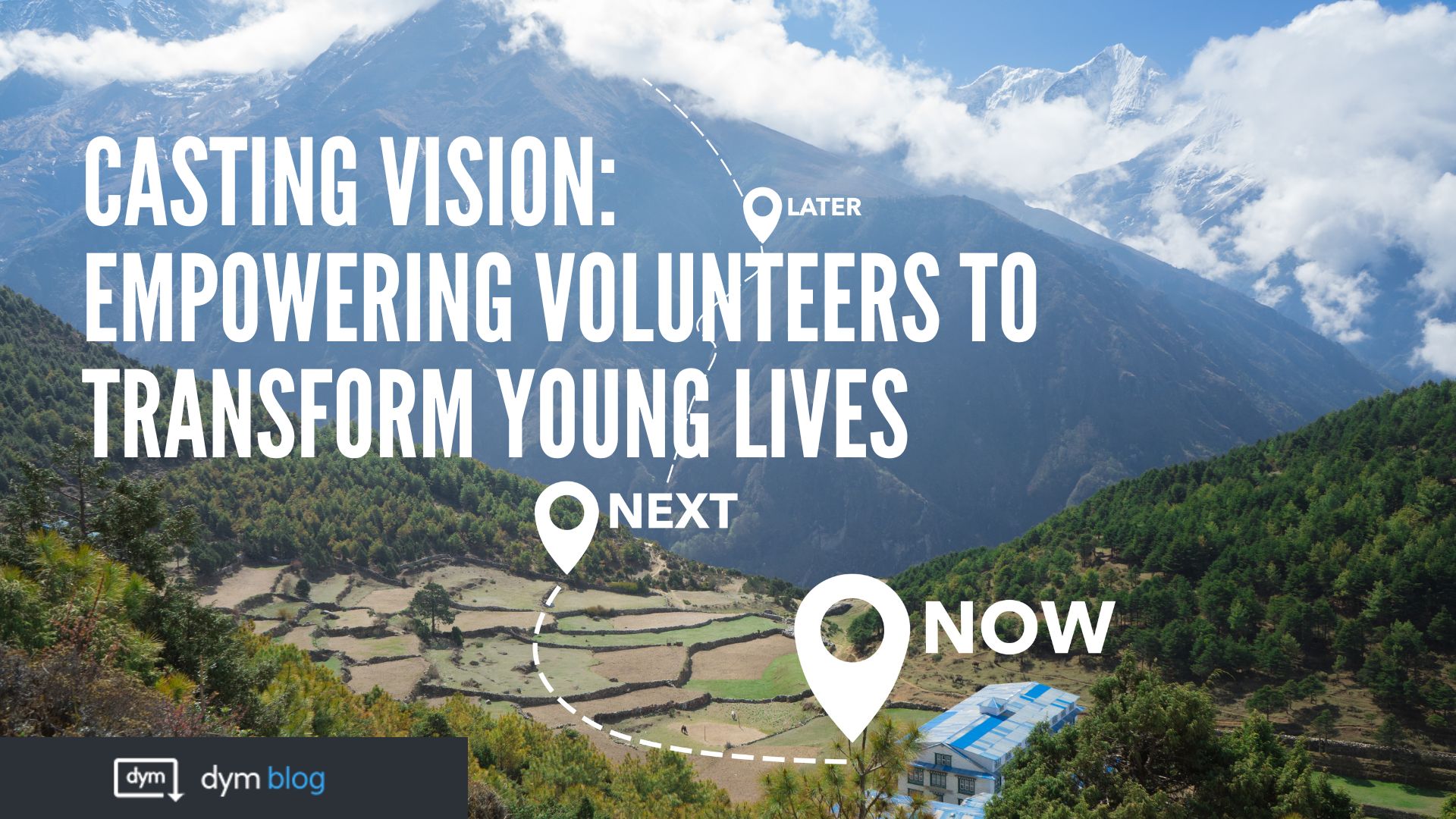 Casting vision for recruiting volunteers isn’t just about filling roles; it’s about painting a compelling picture of how their involvement can shape the destiny of young hearts. Often, younger leaders find themselves seeking guidance on how to effectively communicate this vision. Here are some practical strategies to cast a vision that inspires, empowers, and transforms within youth ministry:
Casting vision for recruiting volunteers isn’t just about filling roles; it’s about painting a compelling picture of how their involvement can shape the destiny of young hearts. Often, younger leaders find themselves seeking guidance on how to effectively communicate this vision. Here are some practical strategies to cast a vision that inspires, empowers, and transforms within youth ministry:
Storytelling: Narrating Impact and Transformation
Stories resonate deeply. Sharing instances where volunteers impacted a young person’s life amplifies the tangible outcomes of their service. These stories bridge the present to a future where volunteers become catalysts for lasting change.
On weekends, as I engage in conversations with people, I make it a point to have a few ‘back pocket’ stories of leaders who have experienced life changes by serving themselves. These stories serve to help other adults realize the impact God can have on them as they endeavor to influence others. They’re quick anecdotes I can share amidst conversations.
Clarity of Purpose: Defining Goals and Objectives
A clear vision breeds commitment. Articulate the ministry’s purpose, goals, and the role of volunteers in realizing these objectives. Define how each individual contributes to the larger narrative of transformation.
One of the most significant mistakes we can make when addressing potential leaders is to say, ‘Just show up on Wednesday, and we’ll immediately get you involved.’ Unfortunately, I often witness this approach, and it’s truly alarming to me. It’s a disservice to those considering leadership roles. It’s crucial to properly prepare them, providing a clear understanding of what they’re committing to rather than throwing them in without guidance.
Vision Casting Events: Shaping the Bigger Picture
Events propel vision. Host gatherings solely dedicated to casting vision. Illustrate the impact of volunteering and showcase the opportunities available for those interested in joining.
One of our ministry practices involves hosting leader training nights wherein we cancel the ‘youth group’ session, giving the youth the night off. However, we extend invitations to all our leaders to join us for an evening of enjoyable activities, training sessions, and casting visions for the upcoming season. I appreciate this approach because it doesn’t add another night out for our leaders; it aligns with a night they’re already accustomed to attending.
Consistent Communication: Enabling Connection
Communication maintains enthusiasm. Regularly update volunteers on wins, challenges, and ongoing needs. Sharing success stories fosters motivation and a sense of belonging.
Involve Them in the Vision: Collaborative Leadership
Collaboration fosters ownership. Encourage volunteers to share their ideas and feedback. Involving them in decision-making processes strengthens their commitment. You can effectively address two needs by allocating time during leaders’ gatherings to plan for ongoing activities in your youth ministry, seeking their insights, and involving them in the planning process while they are all present.
Consistent Follow-Up: Sustaining Commitment
Consistency affirms dedication. After recruitment, maintain regular contact. Celebrate achievements, address concerns, and offer continuous support.
By integrating these strategies, youth leaders can effectively cast a vision that not only inspires volunteers but mobilizes them to actively engage in transforming young lives. It’s about creating a narrative where every volunteer becomes an integral part of the discipleship journey, influencing and changing eternity, one young heart at a time.
Leave A Comment